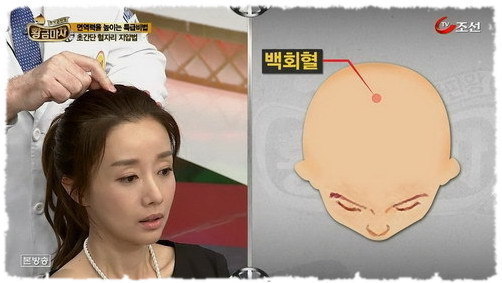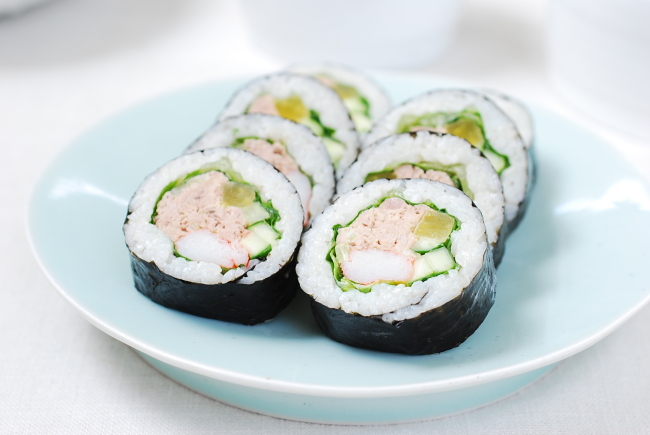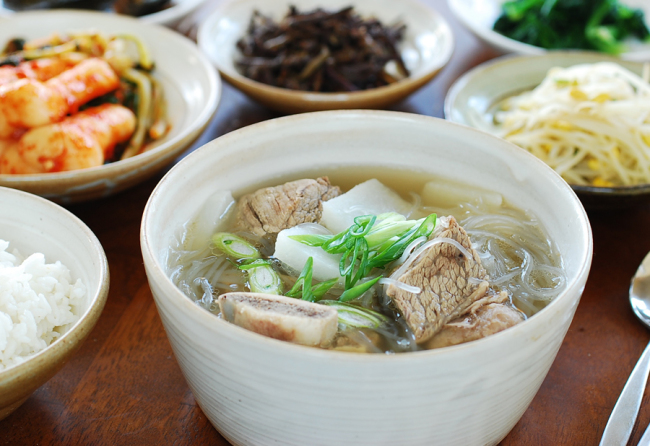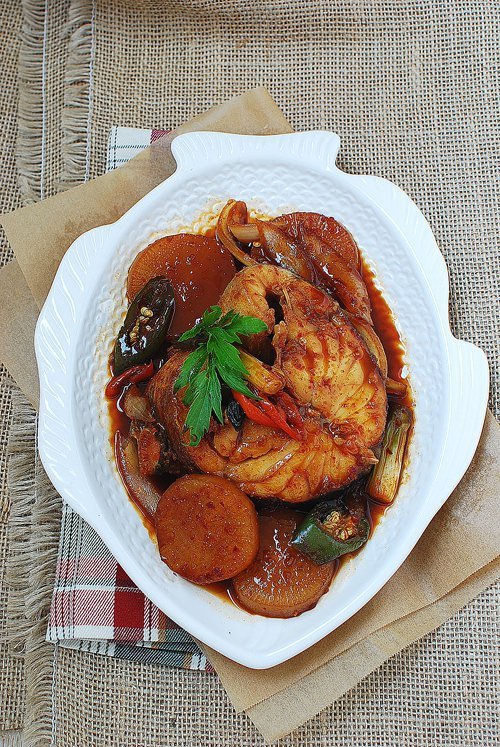남자의 정력과 건강에 최고인 4개의 ‘혈(血)’ 자리
흔히들 음식을 먹다가 체하거나 배가 아프면 엄지손가락과 집게손가락 사이를 눌러주는 행동을 취한다. 한의사들이 소화불량 환자에게 침을 놓는 이 위치는 합곡(合谷)이라는 혈 자리이다. 이같이 쉽게 찾을 수 있고 어렵지 않게 자극해서 효과를 보는 혈 자리를 직접 지압하는 경우가 많다. 대게 두통이나 소화불량이 있는 혈 자리는 잘 알지만, 자신의 ‘정력’을 위한 좋은 위치를 아는 경우는 드물다.
◆ 죽은 사람도 벌떡 일어나게 하는 용천(湧泉)◆
발바닥에 위치한 용천은 기운이 샘솟아 오른다는 뜻으로 이 부분을 자주 자극해주면 신장의 기능이 좋아지는데 한의학에선 신장의 기능이 원활하여지면 정력도 좋아진다고 한다. 과거 결혼 풍속 중 신혼 첫날밤에 신랑의 발바닥을 때리는 것도 원만한 부부생활을 하여 건강한 아이를 가지라는 뜻이다.
◆ 신선도 했던 건강의 명혈, 관원(關元)◆
관원은 배꼽과 치골의 중간 부위에 있으며 남성의 양기가 뭉쳐 있는 곳으로 전신의 양기가 원활하게 순환하여 강해져 정력에 좋다. 관원은 예부터 신선의 호흡법으로 알려진 단전호흡을 하는 혈 자리로 콩팥의 기능을 조절하며 노폐물의 신진대사를 활발하게 하여 생식과 배설을 도와준다. 남자는 정력에 좋고, 여자는 속병에 좋다.
◆ 백 가지 경락이 모여 시작하는 백회(百會)◆
머리의 정 중앙선과 양 귀의 가장 윗부분(이첨)을 이은 선이 만나는 곳이 백회이고, 백 가지 경락이 모여서 시작하는 곳이라는 뜻이다. 백회에 뜸하면 뇌를 깨어나게 하고, 양기를 끌어올리는 효험이 있다.
◆ 하체를 튼튼하게 하는 족삼리(足三里)◆
피로회복, 저항력증진, 무병장수의 필수 혈로 알려진 족삼리는 무릎 외측으로 손가락으로 눌러보면 움푹 들어가 있는 자리에 위치해 있다. 중풍, 좌골신경통, 신경쇠약 등에도 사용되는 혈 자리다. ‘족삼리에 쑥뜸을 하지 않는 자와는 먼 길을 같이 여행하지 말라’라는 옛말이 있을 정도로 족삼리는 하체의 건실함과 깊은 관련이 있다.특히 양기를 회복시키는 혈 자리인 정력혈은 조루나 발기부전 등의 성 기능 장애로 고민하는 남성들에게 도움이 될 수 있다. 또한, 발기부전 치료를 위해서는 약을 복용하기도 하는데 전문의와의 상담을 통해 처방된다.
이처럼 건강을 위한 목적부터 피부미용과 학업, 정력 등에까지 효과가 있는 혈 자리를 익혀 스스로 건강을 관리해보는 것은 어떨까?













